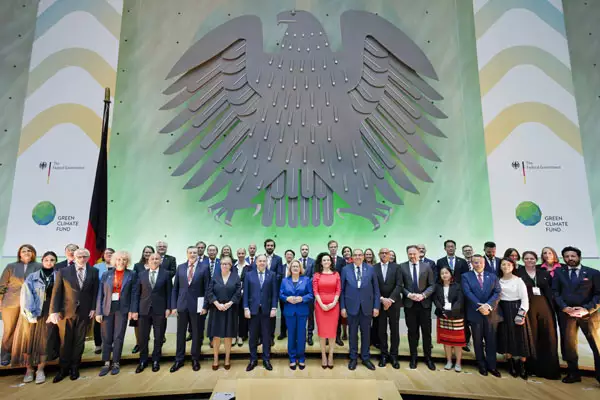The Green Climate Fund (GCF) approves projects in developing countries, including a project in India focused on financing mitigation and adaptation efforts.
About Green Climate Fund (GCF):
- It is the world’s largest dedicated climate fund, established to assist developing countries in both mitigating and adapting to climate impacts.
- Founded under the Cancún Agreements in 2010 as an operating entity of the financial mechanism of the United Nations Framework Convention on Climate Change (UNFCCC).
- It aims to foster a paradigm shift towards low-emission, climate-resilient development in developing countries, particularly those most vulnerable to the effects of climate change.
- Headquartered in Incheon, South Korea, the Fund operates with a clear mandate to encourage transformative paths in environmental management and resilience building.
- GCF’s mission is substantial, seeking to make a significant contribution to the international community’s efforts to combat climate change.
- The Fund supports projects, programs, policies, and other activities through an innovative funding window, promoting both mitigation of greenhouse gas emissions and adaptation strategies.
Ref: Source
| UPSC IAS Preparation Resources | |
| Current Affairs Analysis | Topperspedia |
| GS Shots | Simply Explained |
| Daily Flash Cards | Daily Quiz |
Frequently Asked Questions (FAQs)
What is the Green Climate Fund (GCF)?
The Green Climate Fund is the world’s largest climate fund established to help developing countries adapt to and mitigate climate impacts.
When was the GCF established?
The Green Climate Fund was established in 2010 under the Cancún Agreements.
Where is the GCF headquartered?
The Green Climate Fund is headquartered in Incheon South Korea.
What are the Cancún Agreements?
The Cancún Agreements are a set of international decisions made in 2010 to address climate change issues globally.



